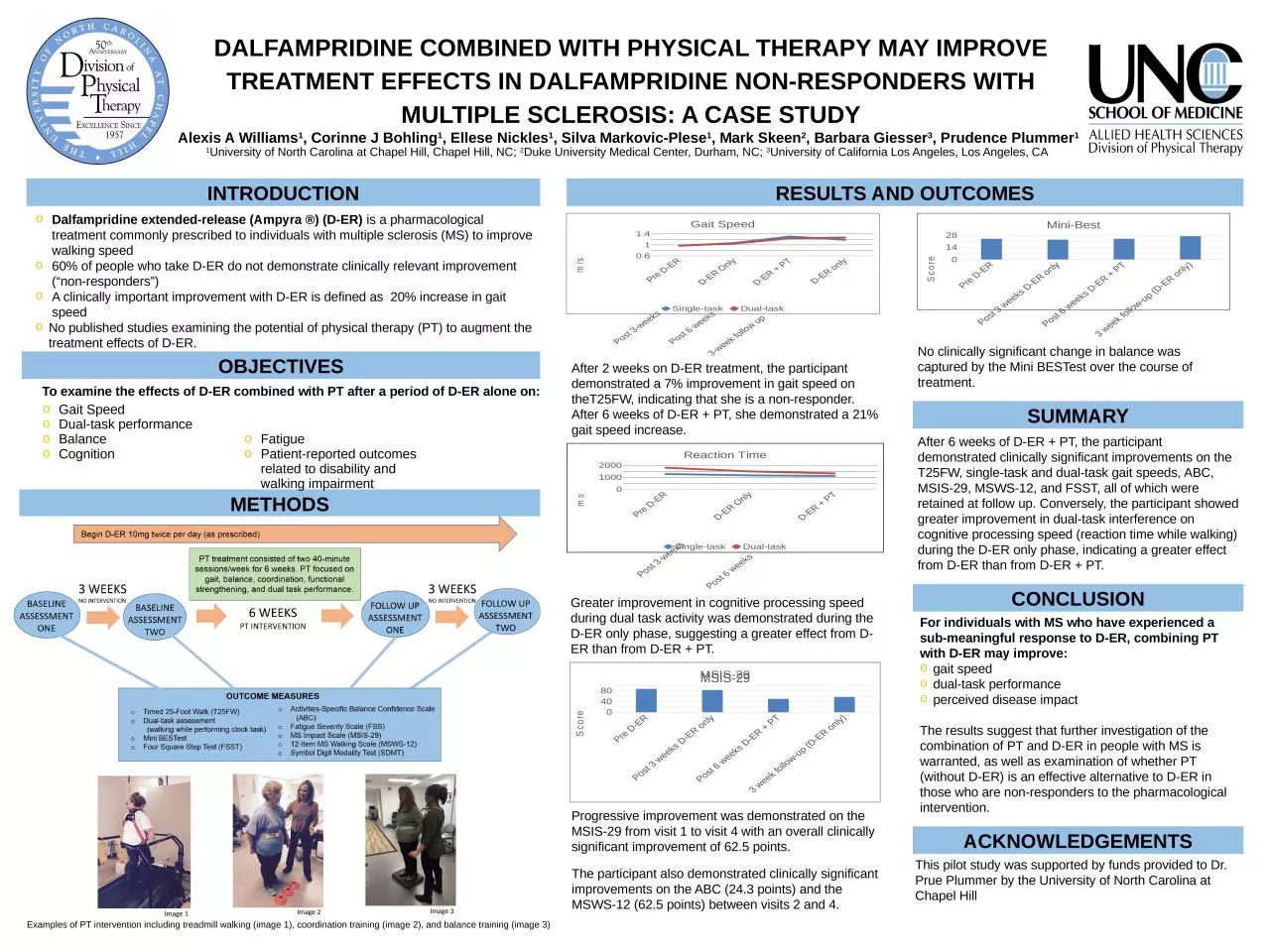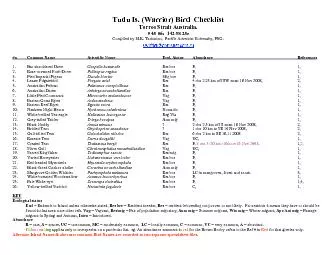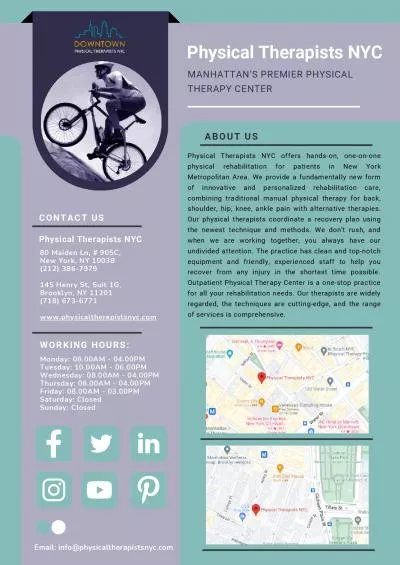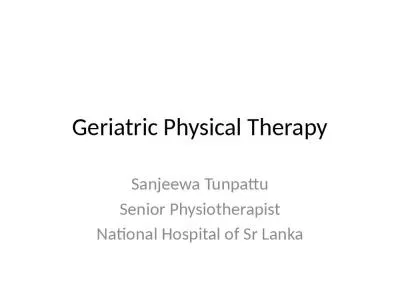PPT-DALFAMPRIDINE COMBINED WITH PHYSICAL THERAPY MAY IMPROVE TREATMENT EFFECTS IN DALFAMPRIDINE
Author : winnie | Published Date : 2024-02-09
Alexis A Williams 1 Corinne J Bohling 1 Ellese Nickles 1 Silva MarkovicPlese 1 Mark Skeen 2 Barbara Giesser 3 Prudence Plummer 1 1 University of North Carolina
Presentation Embed Code
Download Presentation
Download Presentation The PPT/PDF document "DALFAMPRIDINE COMBINED WITH PHYSICAL THE..." is the property of its rightful owner. Permission is granted to download and print the materials on this website for personal, non-commercial use only, and to display it on your personal computer provided you do not modify the materials and that you retain all copyright notices contained in the materials. By downloading content from our website, you accept the terms of this agreement.
DALFAMPRIDINE COMBINED WITH PHYSICAL THERAPY MAY IMPROVE TREATMENT EFFECTS IN DALFAMPRIDINE: Transcript
Download Rules Of Document
"DALFAMPRIDINE COMBINED WITH PHYSICAL THERAPY MAY IMPROVE TREATMENT EFFECTS IN DALFAMPRIDINE"The content belongs to its owner. You may download and print it for personal use, without modification, and keep all copyright notices. By downloading, you agree to these terms.
Related Documents













